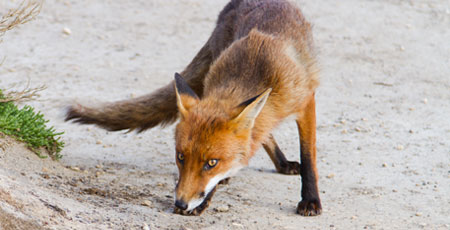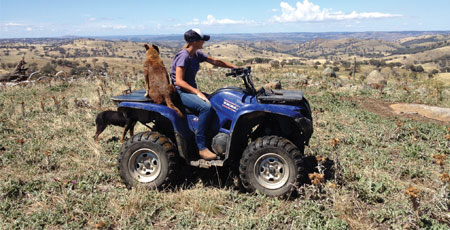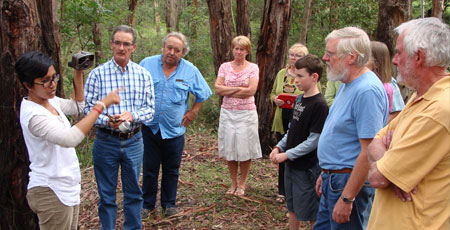Threats
Our targeted efforts aim to reduce the loss of species, enhance and maintain connectivity across the landscape, protect core habitat and increase the health of our environment.
An area under pressure
The K2W Link is a diverse and rich landscape that contains many natural linkages and environmental values, but it is also an area under pressure. Projections of future land use in the area highlights the potential for continued loss of species and habitat. Through targeted pest and weed management control projects we aim to reduce the number of species lost, enhance and maintain connectivity across the landscape, protect core habitat and increase the health of our environment.
Threats in the Abercrombie Catchment include:
 Introduced predators including foxes and cats impact heavily on native animals in many parts of the catchment whilst pest species of herbivore, such as goats and pigs, outcompete native ones.
Introduced predators including foxes and cats impact heavily on native animals in many parts of the catchment whilst pest species of herbivore, such as goats and pigs, outcompete native ones.
What We Do
We work collaboratively with local communities, landholders and organisations across all land tenures to conserve gliders and their habitat.

Get Involved
Attend one of our pest management information sessions or join your local ‘Who’s Living on My Land’ survey.
